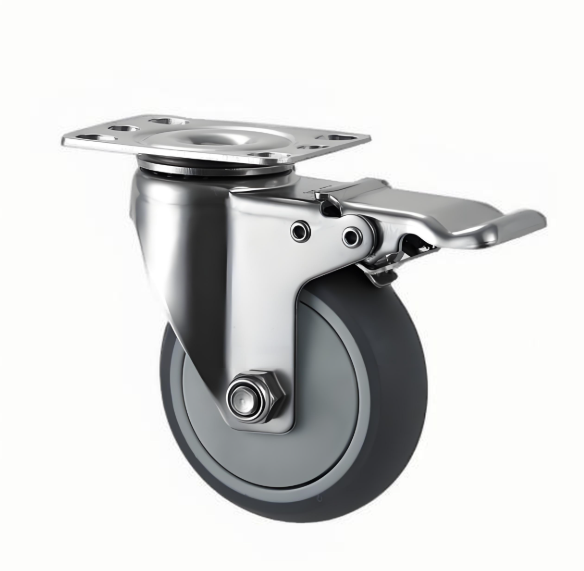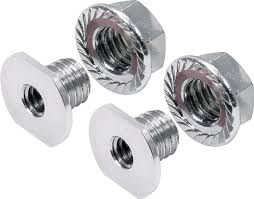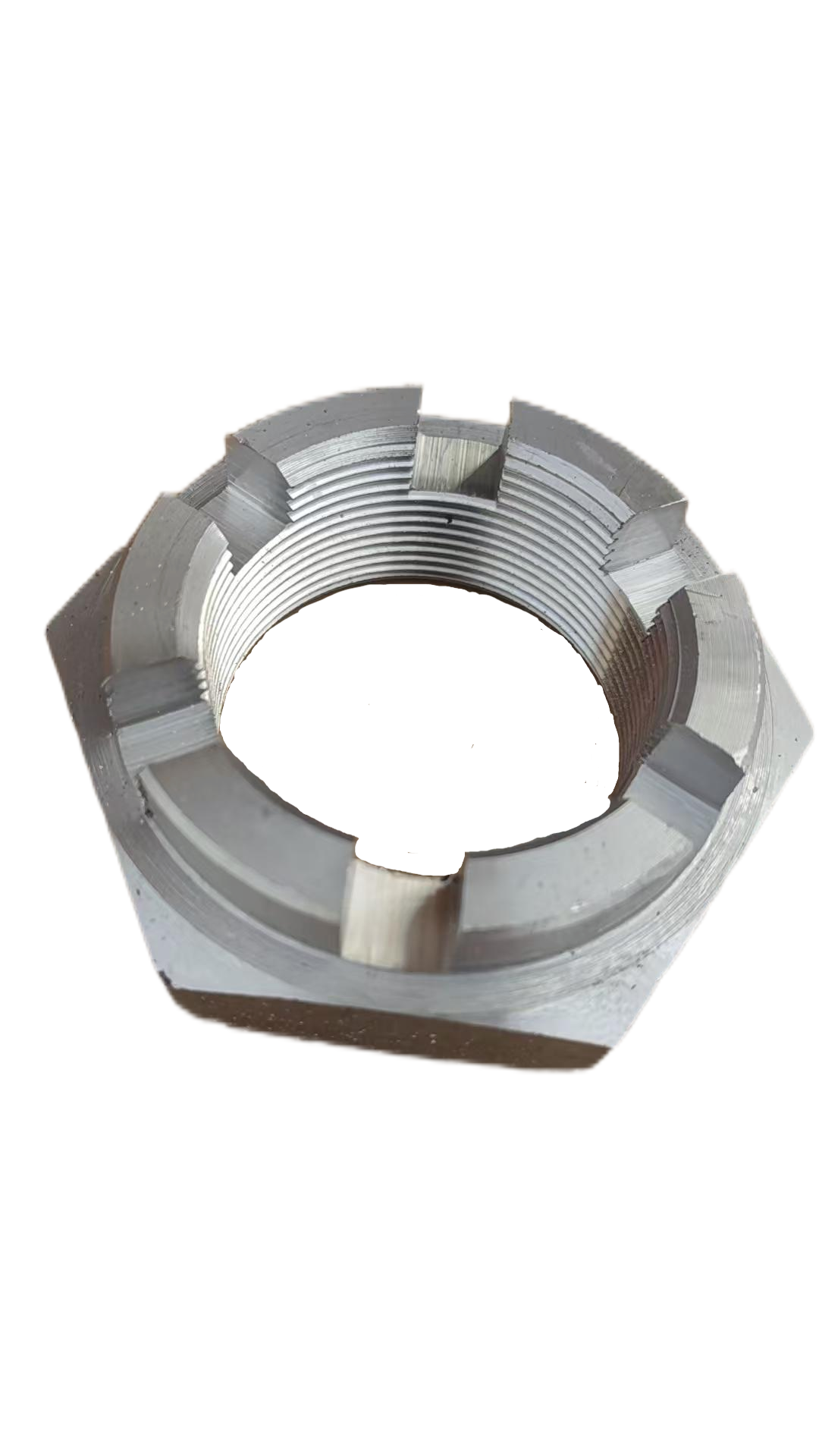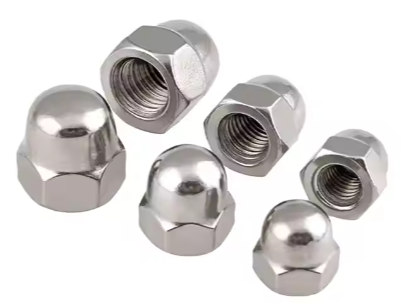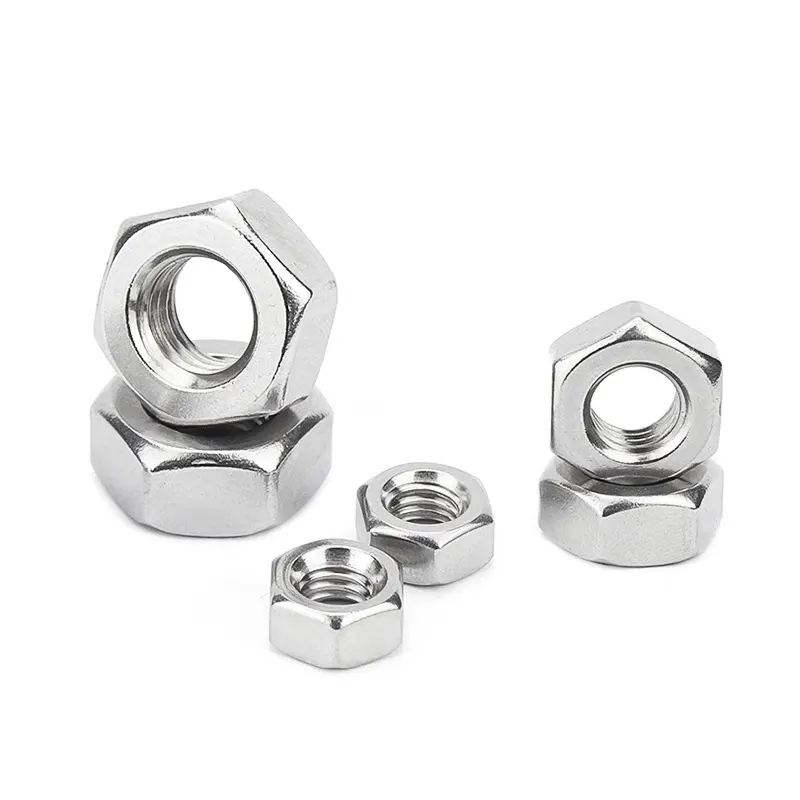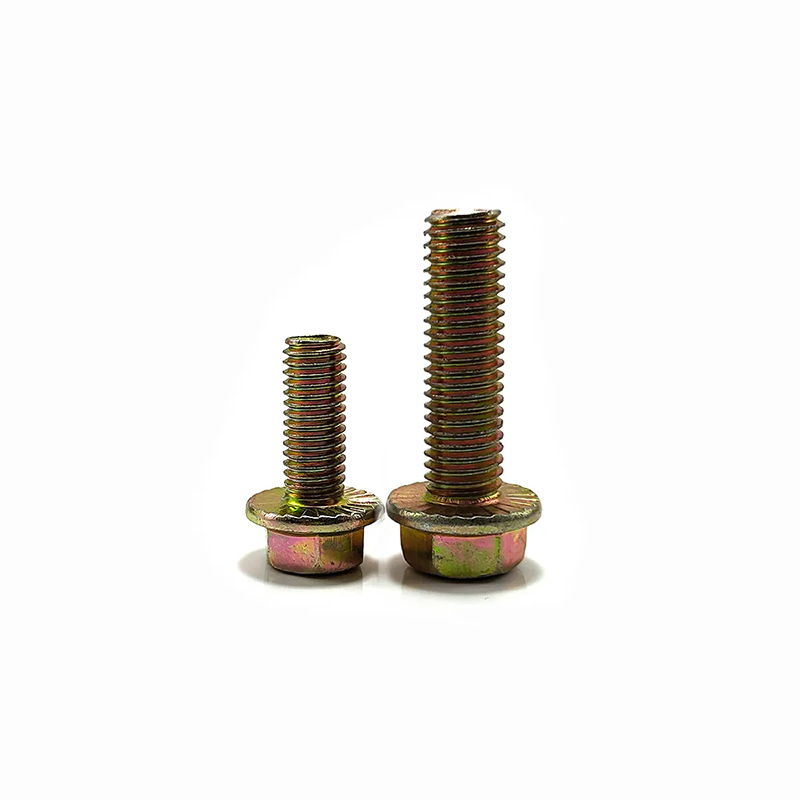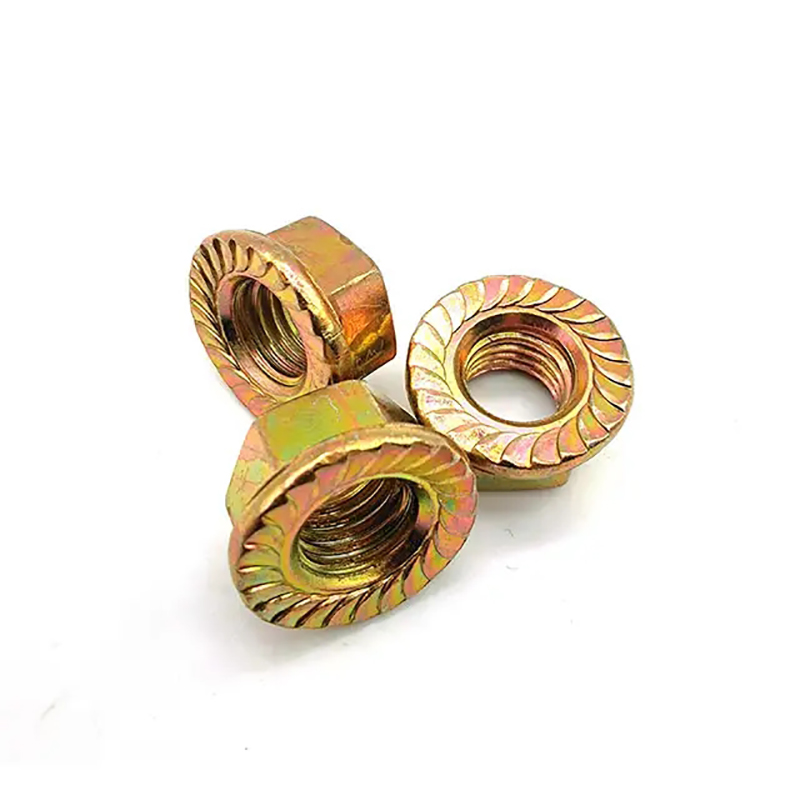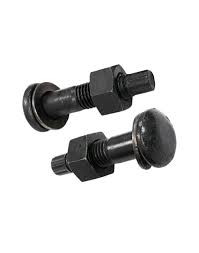

This comprehensive guide explores the world of non-metallic embedded locking nuts, covering their applications, advantages, and considerations for selection. We delve into the various types available, focusing on material properties, performance characteristics, and installation methods to help you make informed decisions for your specific project needs. Learn about the factors influencing the choice of a non-metallic embedded locking nut and discover resources to guide your selection process.
Non-metallic embedded locking nuts are fasteners designed to secure bolts or screws within a non-metallic substrate, such as plastic, composite materials, or wood. Unlike traditional metal nuts, these are often molded into the material itself during the manufacturing process, eliminating the need for separate nut installation. They offer a variety of advantages including corrosion resistance, lighter weight, and improved vibration dampening properties.
These are commonly made from materials like nylon, acetal, or polyamide. They offer excellent chemical resistance and are frequently used in applications where corrosion is a concern. Different grades of plastics provide varied strength and temperature resistance. For high-temperature applications, specialized high-temperature plastics are used. The choice of plastic depends heavily on the application and the environmental conditions.
These nuts often incorporate a blend of materials to achieve specific properties, such as high strength-to-weight ratios or improved heat resistance. Fiber-reinforced plastics, for example, are commonly used to enhance mechanical properties. The exact composition is determined by the end-use requirements.
Ensure the chosen nut material is compatible with the substrate material and any surrounding chemicals or environmental factors. Incompatibility can lead to degradation or failure.
The nut must be able to withstand the anticipated tensile load and torque without failure. Specifications should be carefully considered based on the application.
For applications involving vibrations, vibration-resistant nuts should be selected. These often feature a locking mechanism, preventing loosening under stress.
The operating temperature range of the chosen nut should be appropriate for the application. High temperatures can cause certain materials to deform or lose their strength.
Non-metallic embedded locking nuts are typically installed by molding them into the substrate during manufacturing. Precise placement and proper molding techniques are critical to ensure reliable performance. Specialized tooling and processes are often required.
These fasteners find widespread use in various industries, including automotive, aerospace, electronics, and consumer goods. Their lightweight nature and resistance to corrosion make them particularly suitable for applications where weight reduction and environmental protection are essential. Examples include automotive dashboards, electronics enclosures, and aircraft components.
| Feature | Non-Metallic Embedded Locking Nut | Metal Embedded Locking Nut |
|---|---|---|
| Weight | Lighter | Heavier |
| Corrosion Resistance | Higher | Lower |
| Cost | Potentially Higher (depending on material) | Potentially Lower |
| Temperature Resistance | Varies depending on material | Generally higher |
| Vibration Dampening | Better | Worse |
The choice between non-metallic embedded locking nuts and metal alternatives depends on the specific application requirements. This table provides a quick comparison to assist in decision-making.
For further information on high-quality fasteners, including a wide selection of non-metallic embedded locking nuts, consider exploring the resources available at Hebei Dewell Metal Products Co., LTD. They offer a comprehensive range of fastening solutions for diverse industrial needs.
Disclaimer: This information is for general guidance only. Always consult the manufacturer's specifications and recommendations before selecting and installing any fastener.

